10 hidden fats finding their way into your diet

Have you ever wondered which oil your favourite fish 'n' chip shop uses to fry your fish? Or what the quality of the olive oil served at an Italian restaurant is? Or what the dressing added to your favourite takeaway salad is made from?
You probably should. In more cases than not, the oils used in takeaway foods and restaurants are more likely to be processed vegetable oil, or imported blends of olive oil than quality oils that offer key nutrients.
Humans need very little added fat in their diet and that fat is best obtained from natural foods - nuts, seeds, oily fish and avocado, which offer the fats known to have a range of positive health benefits, especially helping to control inflammatory pathways in the body.
On the other hand, processed fats such as vegetable oils that are generally used to fry food, make salad dressings and sauces - and are the most common cooking oil in processed foods - offer no nutritional benefits and when eaten in large volumes can increase inflammation in the body. This means if you eat out regularly you are likely to be giving yourself a hearty serve of processed vegetable oils that won't be doing your health (or your waistline) any favours.
From a health perspective, fresh, extra virgin olive oil is the oil of choice, both for its nutritional benefits and flavour, but it is also good to be aware that imported olive oil is not always as high quality as some locally produced oil, and may even be made from a blend of different olive oils, which can reduce the quality and flavour. For this reason, if you are enjoying olive oil as a dressing or dipping sauce with your meal, it is worth asking exactly what type of olive oil the restaurant or cafe is serving to make sure it is fresh, extra virgin olive oil.
For fried foods, blended vegetable oils are the worst options nutritionally, as they are generally made using the heavily saturated fat palm oil, which is also damaging for the environment. Individual varieties of vegetable oil such as sunflower or canola are better but again these oils need to be replaced regularly to ensure their chemical structures are not destroyed from reuse over hours or days.
When it comes to cooking at home, there are many cooking oils available in supermarkets to choose from. So here is a rundown of the most popular oils available, and the nutritional pros and cons of each.
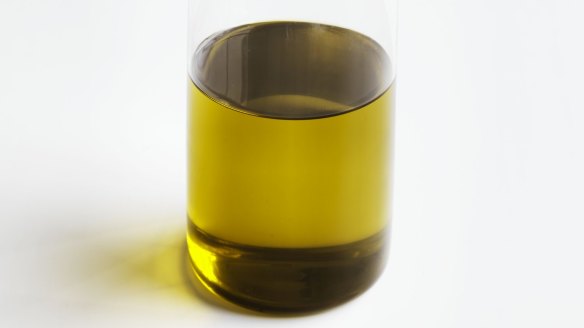
Extra virgin olive oil
With exceptionally high levels of powerful antioxidants that help protect our cells from damage, olive oil also has one of the highest proportions of monounsaturated fat and lowest proportions of saturated fat of all the cooking oils available. Often considered a poor choice for cooking at high temperatures, the truth is that the high quality of olive oil means that it can be used in most dishes with the exception of deep frying, as well as used as a flavoursome dressing. The fresher the olive oil, the higher the antioxidant content so replace your olive oil every two to three months and choose Australian brands to ensure you are investing in the best quality oil available. Also keep in mind that "light" varieties are not lighter in fat or kilojoules and spray varieties lack the nutrient quality of fresh oil. Research suggests that including as much as 2 tablespoons of extra virgin olive oil each day will offer many health benefits.
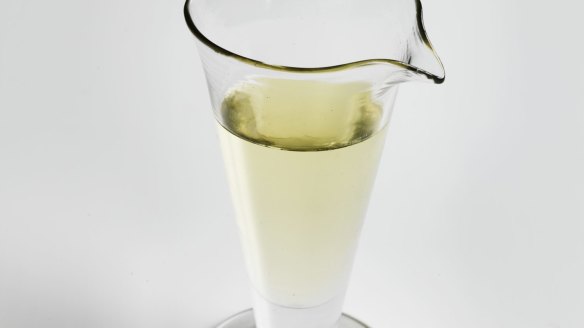
Canola oil
High in monounsaturated fat and a good source of plant-based omega 3s, canola oil is a good option for frying and cooking at high temperatures and has a light flavour so does not dominate the dishes being cooked. Canola oil is also relatively cheap so is a good staple to keep in the cupboard for barbecues or deep frying.
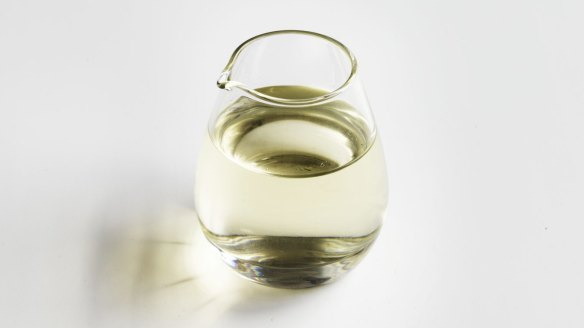
Sunflower oil
Sunflower oil is available in both a blend of polyunsaturated oil and a monounsaturated variety. From a health perspective, both types of oil have been shown to help reduce the "bad" cholesterol in the bloodstream and from a price and cooking perspective sunflower oil is very similar to canola oil and responds well to cooking at high temperatures.
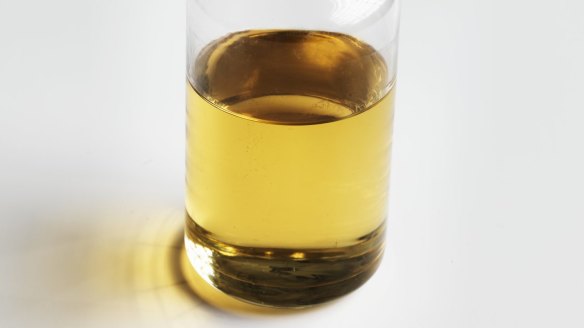
Rice bran oil
Sourced from the germ of the inner husk of rice and heavily promoted as a "healthy" oil to use for cooking in high temperatures, rice bran oil is high in long-chain, polyunsaturated fats but also has a relatively high proportion of saturated fat. High in vitamin E and a unique source of the plant sterol oryzanol, which helps to lower cholesterol absorption in the body, rice bran oil cooks well at both high and low temperatures and has a light texture, which can be beneficial when frying.
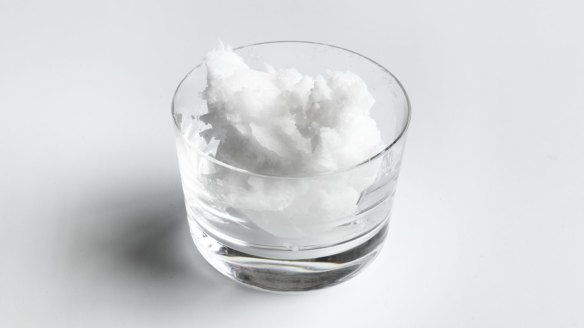
Coconut oil
Coconut oil has experienced a surge in popularity in recent years as many believe the type of fats found in coconut oil are less likely to be stored in the body than other types of cooking oil. While coconut oil does contain a significant proportion of the short-chain fats that are processed through the liver, it remains a heavily saturated fat and as such high in kilojoules. While coconut oil has been touted as the answer to fertility, weight loss, clear skin and a number of diseases, these claims are largely unfounded and as such coconut oil may best used on the skin rather than as a non-nutritive addition to our food.
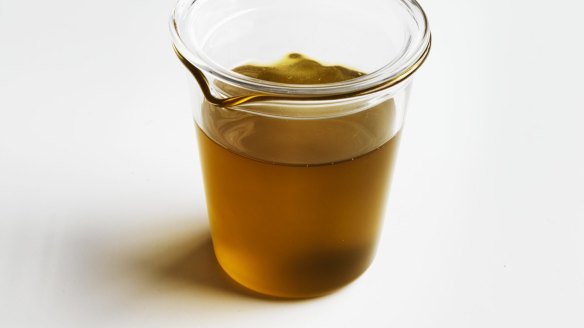
Avocado oil
Another type of oil packed with heart healthy monounsaturated fats, avocado oil is packed full of the fat-soluble vitamins A, D and E and is best used for dressings and on salads.
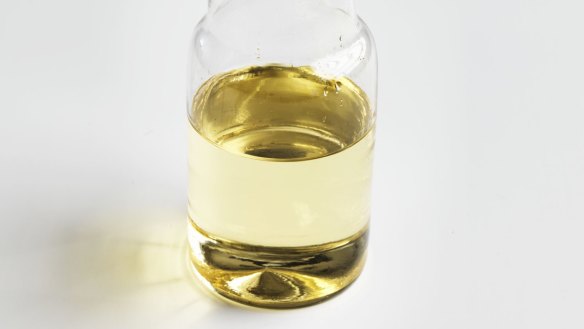
Vegetable oil
Of all the oils available in the supermarket, vegetable oil is one type best avoided completely. Vegetable oil is usually a mix of different types of oil including palm oil, a fat that is exceptionally high in saturated fat (up to half). A much better option is to invest in a specific vegetable oil such as sesame, peanut or canola so you know the exact type of oil you are getting. It's often used to fry foods in cafes and restaurants, and most likely contains palm oil.
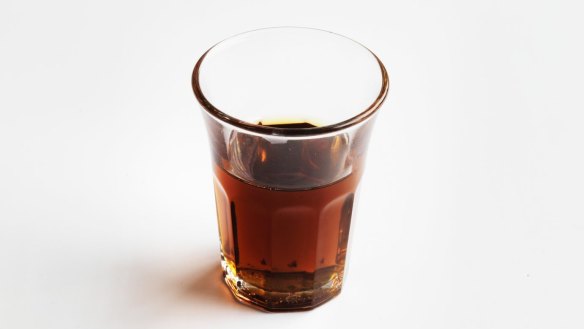
Sesame oil
A great option nutritionally with low saturated fat levels and chock full of the long-chain polyunsaturated fats, sesame oil adds wonderful flavour to Asian dishes and stir fries and is best used for frying. Some people are allergic to sesame so always check with guests before using this oil when cooking for others.
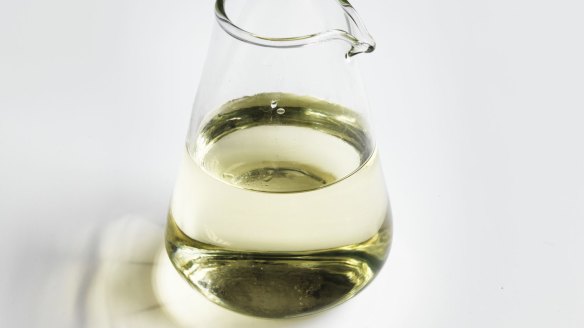
Peanut oil
Another great option for Asian dishes, peanut oil primarily consists of monounsaturated fats but is slightly higher in saturated fat than olive, canola and sunflower oil. Best used for cooking in high temperatures but always check for peanut allergies before using this one.
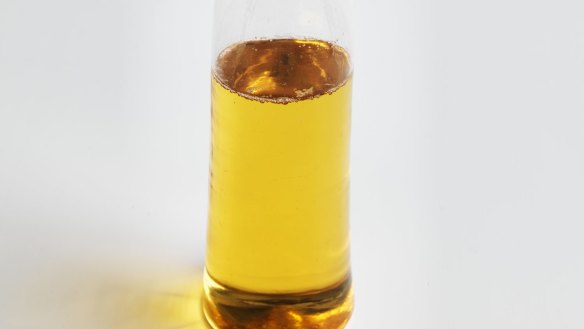
Macadamia oil
Primarily consisting of monounsaturated fats with very little polyunsaturated fat, macadamia oil is a great option healthwise but tends to be a little expensive and also has a strong nutty flavour - for this reason, save it for salads.
The best recipes from Australia's leading chefs straight to your inbox.
Sign up